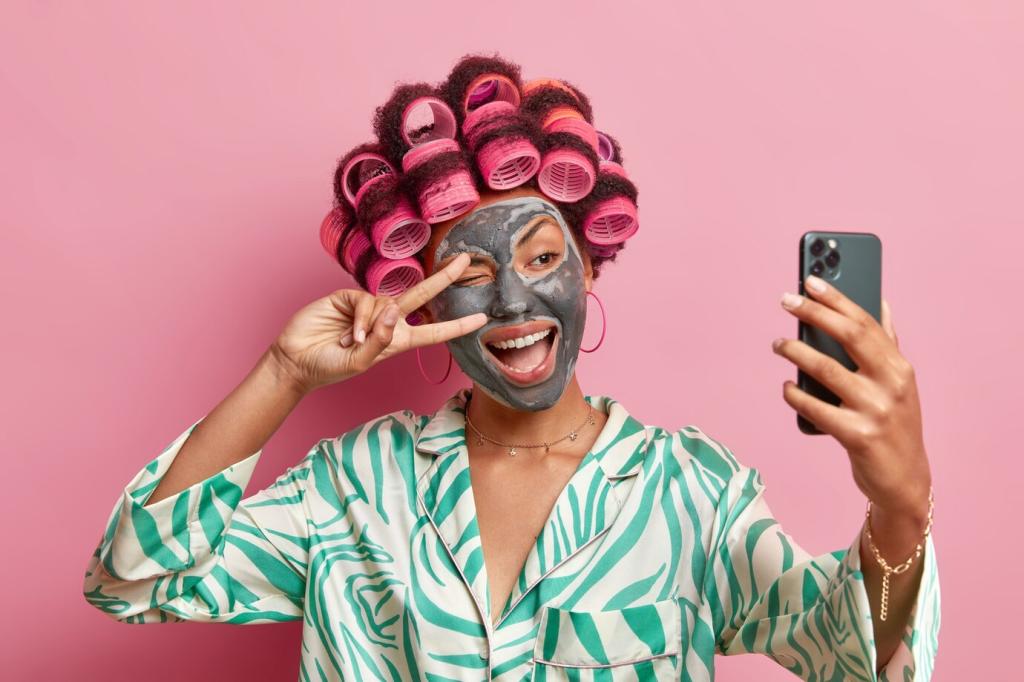From Skeuomorphic Shadows to Flat Clarity
Early app interfaces sparkled with beveled buttons and tactile toggles, so copy leaned into physicality: tap, swipe, press, pull. I remember a payments microsite where simply changing click to tap boosted comprehension, because the shiny UI practically begged for touch.
From Skeuomorphic Shadows to Flat Clarity
Flat design stripped away texture, forcing words to carry precision. CTAs got shorter, headlines sharpened, and fluff vanished. Brevity became credibility, because minimalist layouts punished any sentence that wandered or hedged when clarity needed the spotlight.






